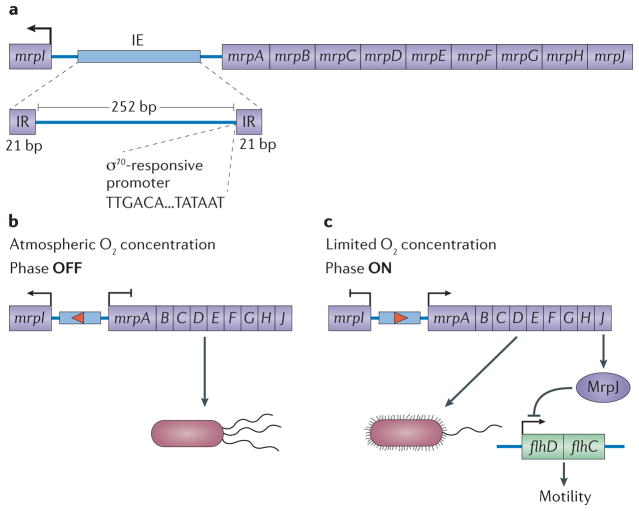Figure 2. The mannose-resistant Proteus-like fimbrial operon: organization and phase variation.
a. The mannose-resistant Proteus-like (mrp Nature) fimbrial operon consists of mrpI, an intergenic region containing an invertible element (IE), and mrpABCDEFGHJ. The 252 bp IE is flanked by 21 bp inverted repeats (IRs) and contains an RNA polymerase σ70-responsive promoter that is predicted to drive transcription of mrpABCDEFGHJ when the IE is in the ON position, resulting in the formation of MRP fimbriae. A recombinase encoded by mrpI is divergently transcribed from the rest of the operon (using a separate promoter). When expressed, MrpI reverses the orientation of the IE and the promoter contained within it, driving phase variation. As MrpI is the sole recombinase in Proteus mirabilis71, the IE can be phase locked by mutating mrpI. b. Aerobic conditions favour mrpI expression and the active conversion of fimbriate bacteria to the non-fimbriate form77. c. Reduced oxygen levels favour expression of the mrp operon, including mrpJ, which represses motility by inhibiting expression of the flagellar transcriptional regulator (flhDC) operon77.

